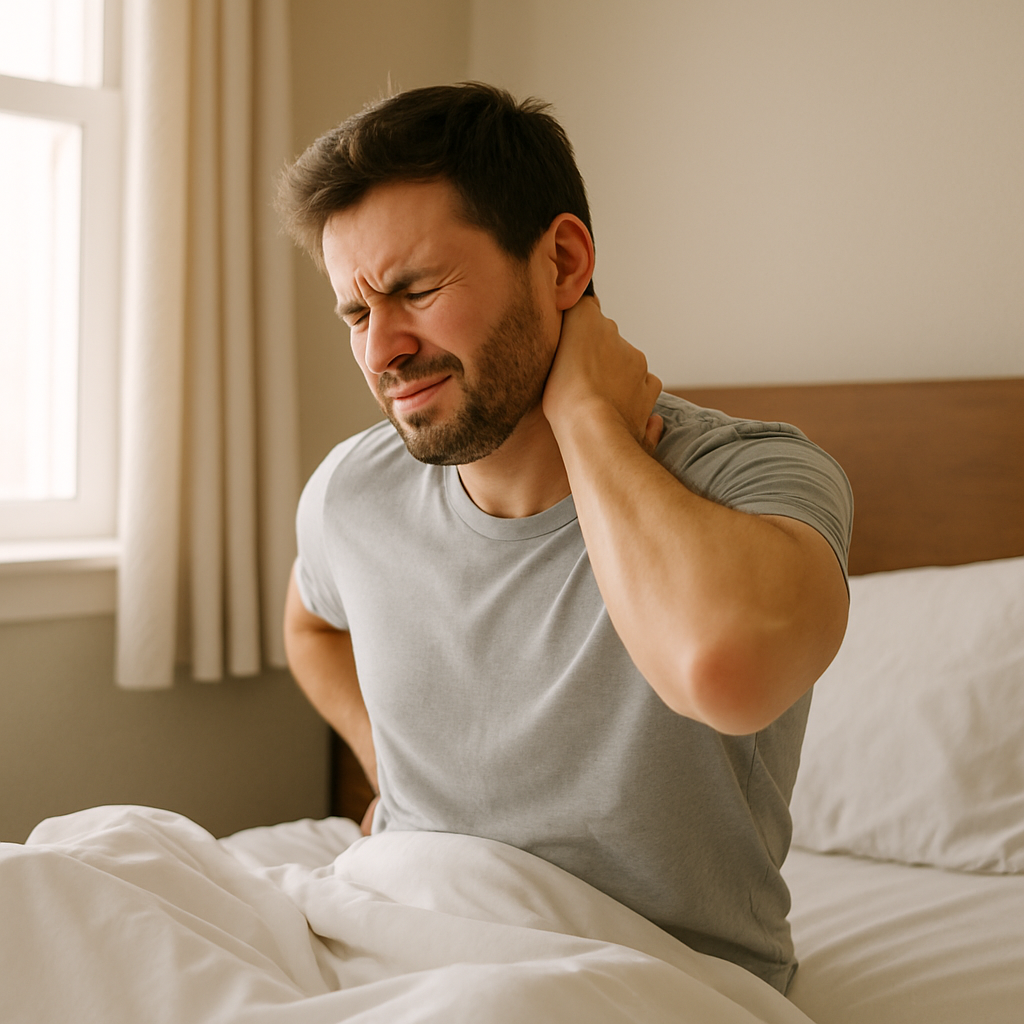
Two-thirds of Americans wake up with pain at least once a week, yet most blame their morning stiffness on aging or stress—rarely suspecting their sleep position might be the true culprit. As you roll out of bed with that familiar neck crick or lower-back twinge, consider this: the way you sleep might be silently sabotaging your mornings.

“What happens during those eight hours of sleep dramatically impacts how you feel for the other sixteen,” says Dr. Rachel Chen, sleep medicine specialist at Northwestern University. “People often underestimate how much their sleeping position affects their daytime comfort.”
Studies show that nearly a third of young adults experience their worst spine pain during sleep or immediately upon waking. In other words, it may not just be life’s stress or arthritis—your nighttime habits might be quietly setting you up for pain by dawn.
Poor sleep quality can trigger a vicious cycle that’s hard to break. When you sleep restlessly, your muscles can’t fully relax and heal. This deepens pain, which then makes a good night’s sleep even more elusive.
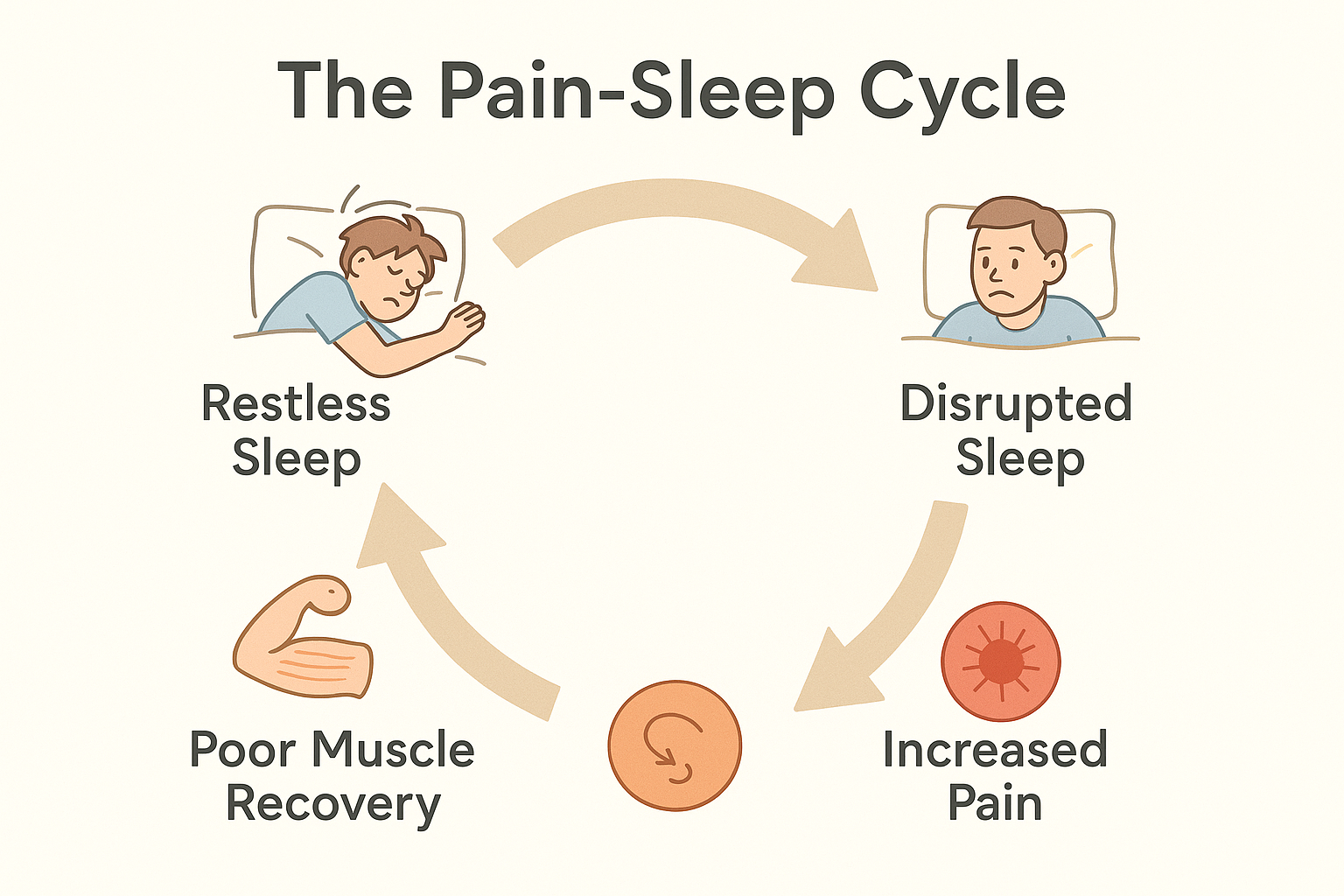
“We see this pattern constantly in our clinic,” explains Dr. James Watkins, director of the Stanford Sleep Medicine Center. “People with disrupted sleep are significantly more likely to develop chronic musculoskeletal pain within a year compared to those who sleep soundly.”
A long-term study of over 4,000 people confirmed this: those with moderate-to-severe insomnia were far more likely to develop chronic back and joint pain than good sleepers.
Our bodies carry heavy loads at night—particularly the weight of our head against gravity. How we position ourselves can stretch or twist spinal tissues in ways that become problematic over time.
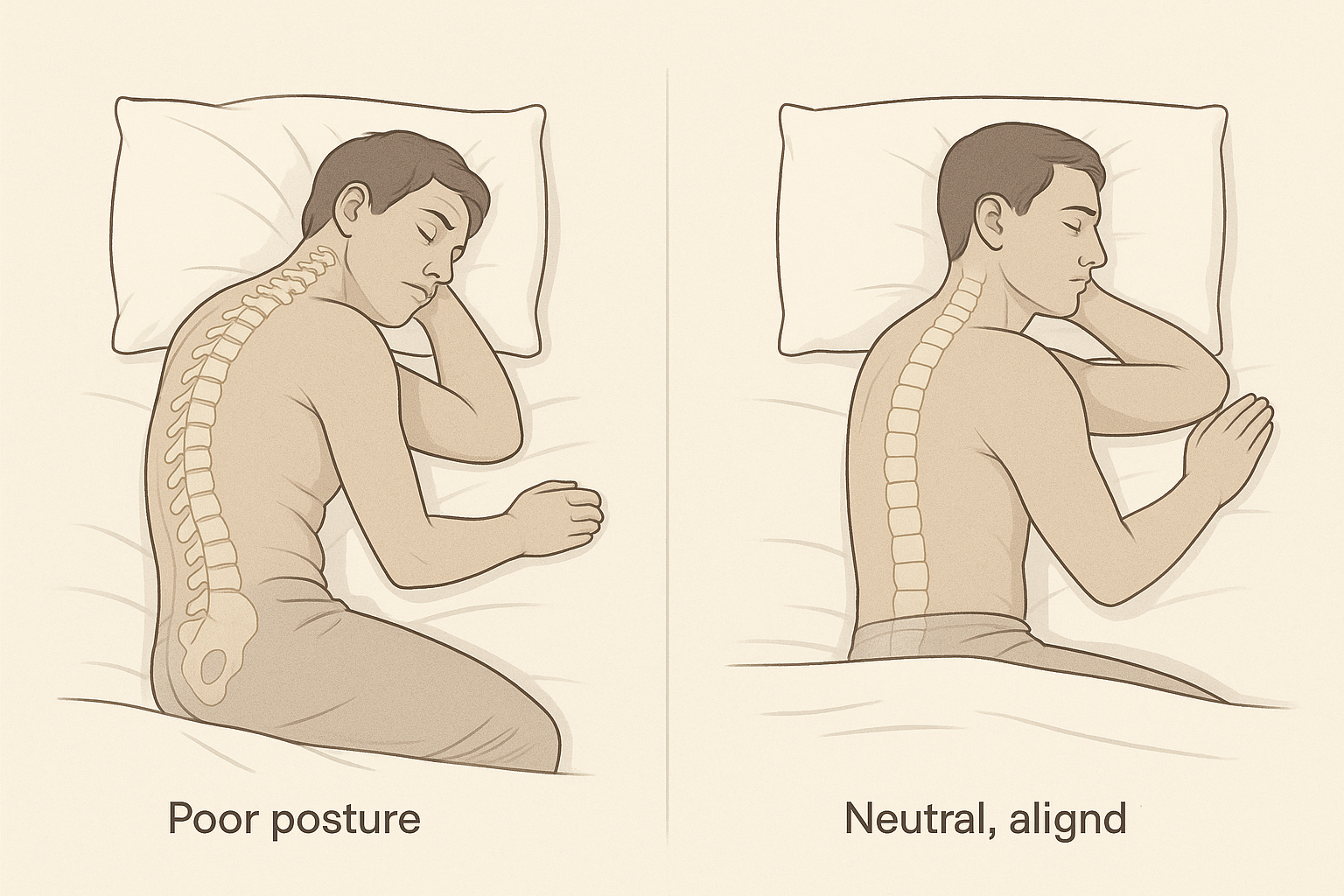
“Holding your head at an awkward angle for five minutes during the day would feel uncomfortable,” says physical therapist Sarah Johnson. “Now imagine that posture lasting eight hours.” Video studies show that people who wake with neck or back pain spend significantly more time in “provocative positions” than those who wake pain-free.
A supportive mattress is the foundation of healthy sleep posture. If your mattress is too soft or worn out, your spine can sink into unnatural curves for hours.
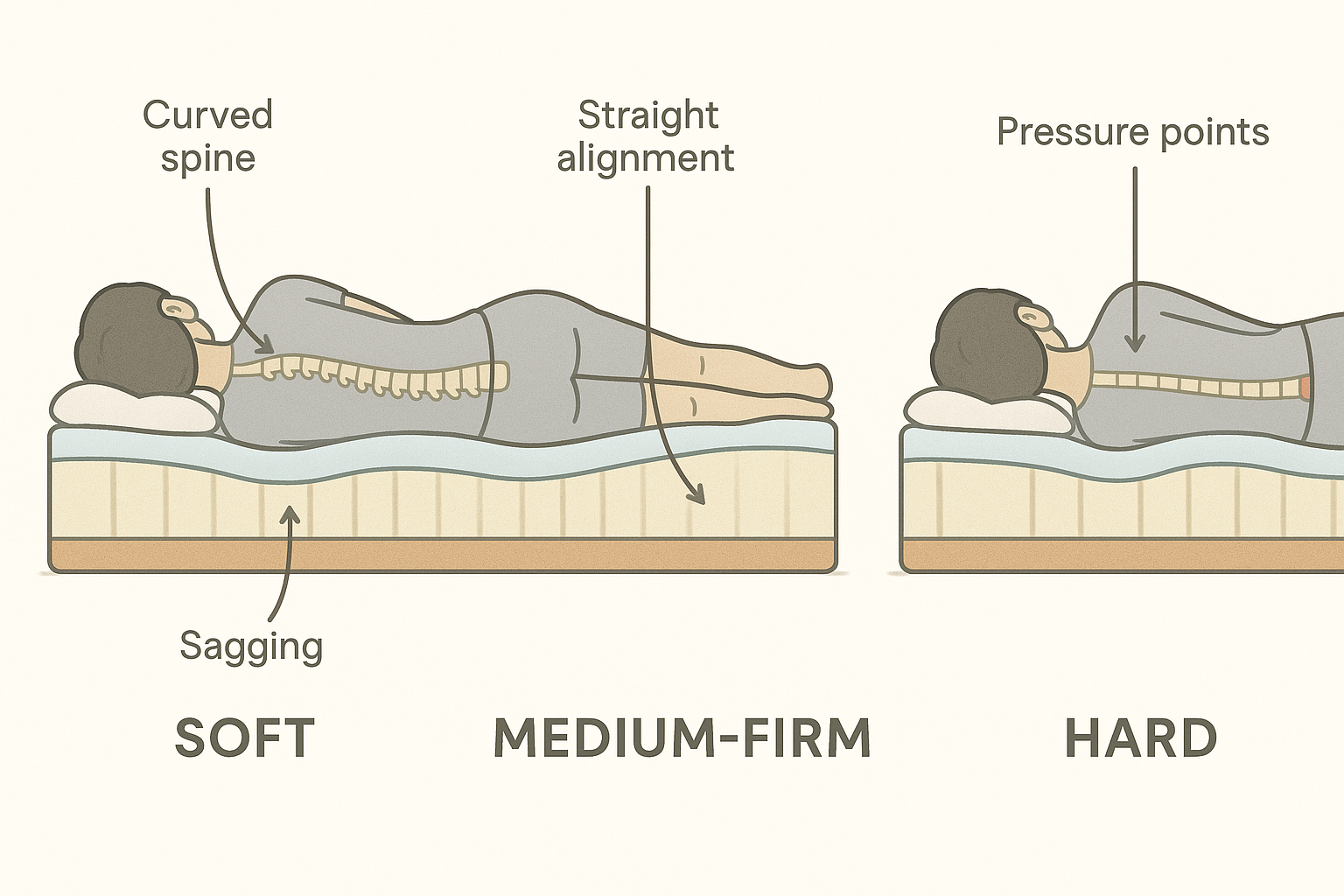
“The right mattress is personal, but not entirely subjective,” notes Dr. Chen. Clinical trials show that medium-firm mattresses—or adjustable air models—offer the best spinal support. Experts recommend replacing yours every 6–8 years, or sooner if you notice sagging or lumps.

Your pillow may be an even bigger factor in neck pain than your mattress. Back-sleepers need a low-to-medium loft pillow with a subtle neck roll; side-sleepers need a taller shape that fills the gap from shoulder to ear. Too flat or too high—and your cervical spine ends up strained.
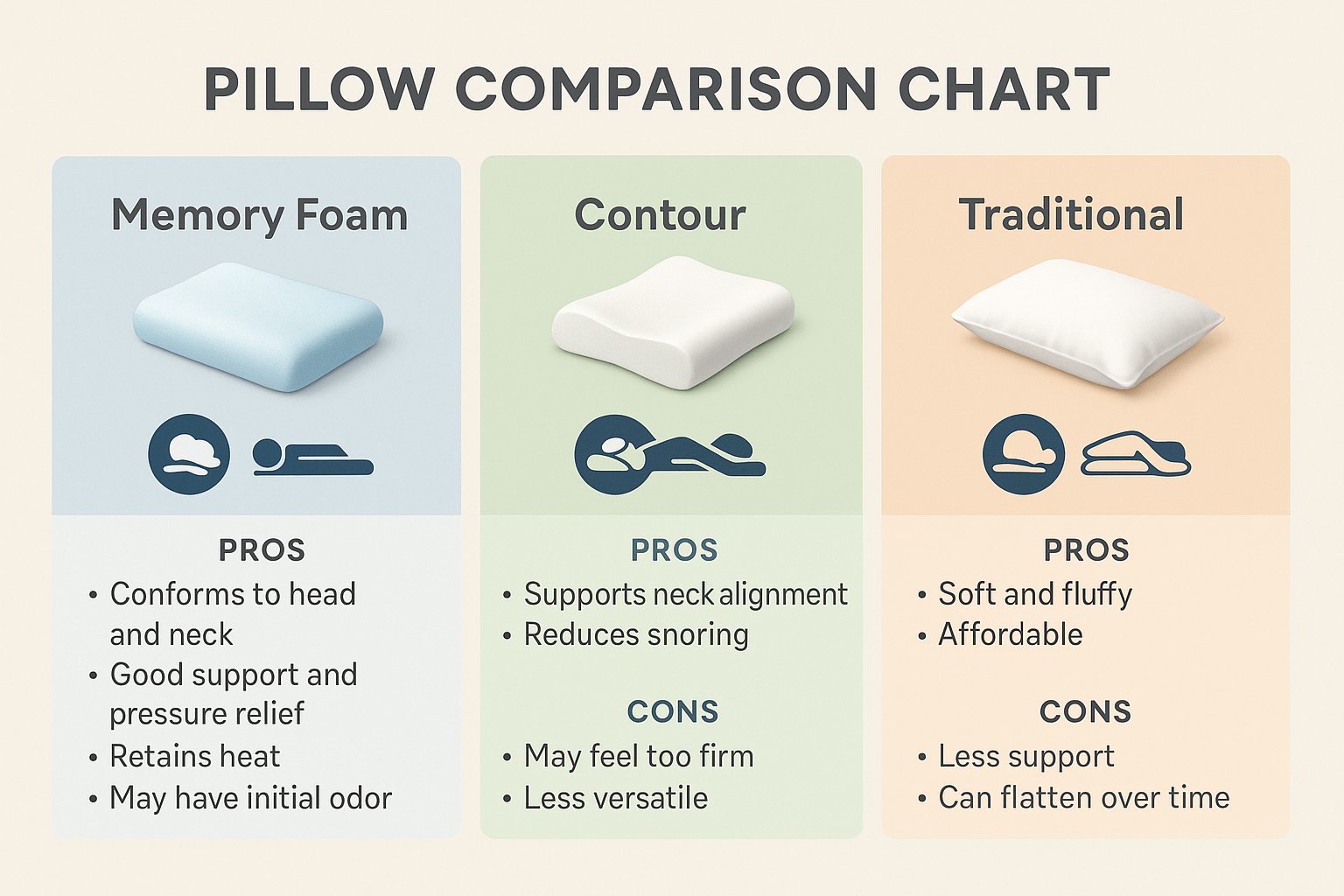
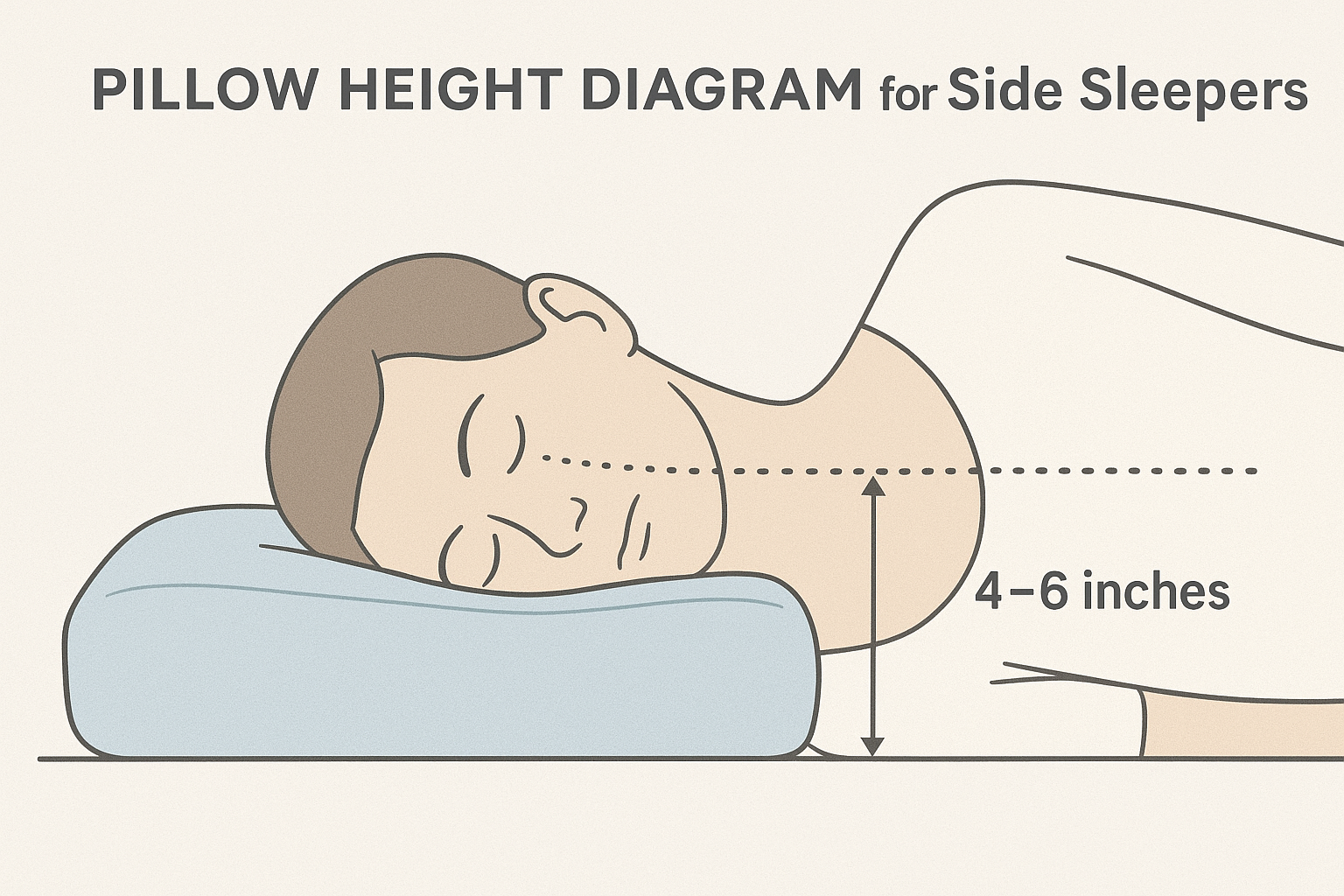
Not all positions are created equal:
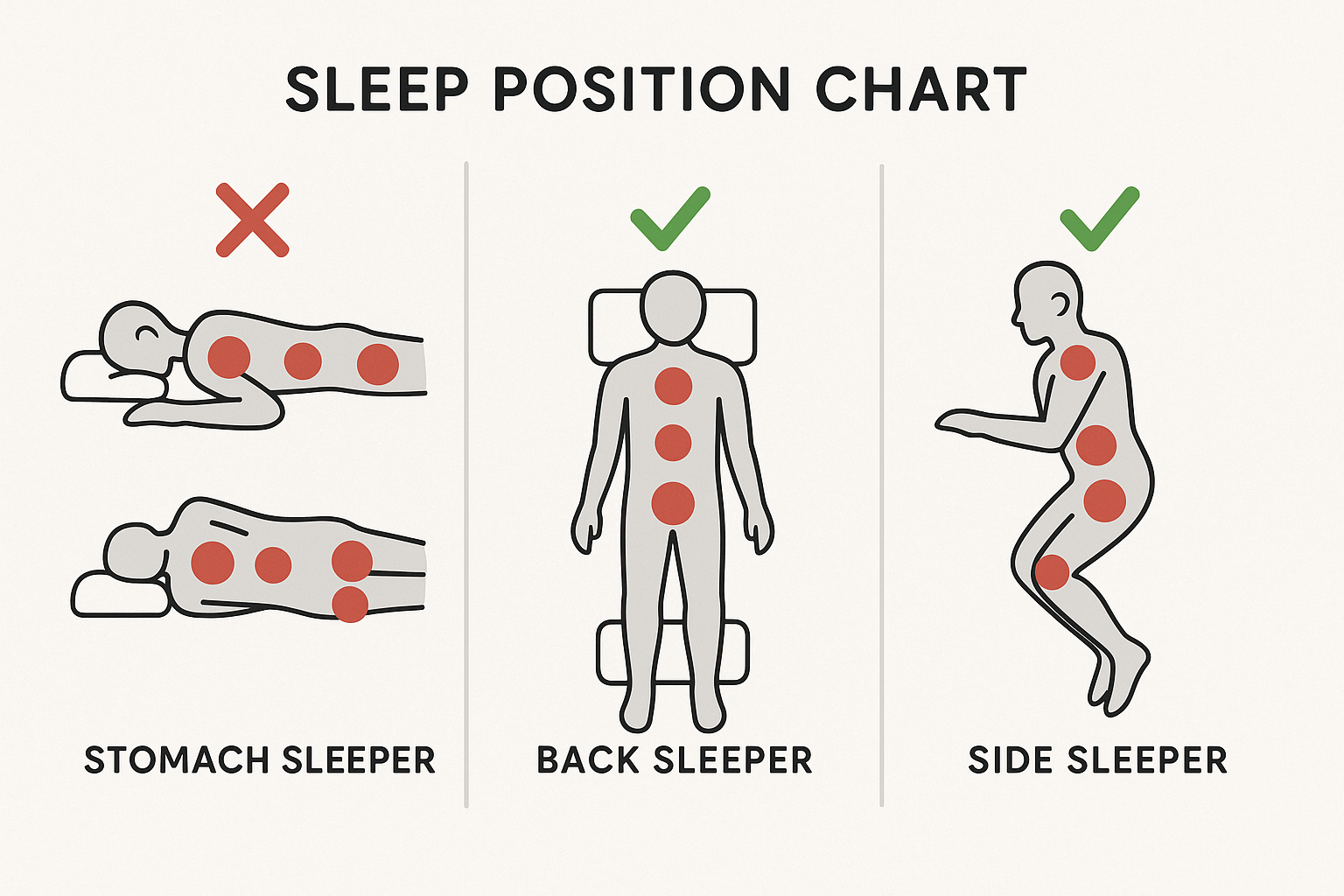
Even perfect posture won’t help if your bedroom feels like a sauna or a nightclub. Keep the room between 65–68°F to signal your body it’s time to sleep. Block out streetlights or use blackout curtains, and consider a white-noise machine if you’re sensitive to sound. Finally, give yourself a 30-minute screen curfew before bedtime to avoid blue-light disruption.

If you’ve optimized your mattress, pillow, and bedroom environment but still wake up stiff for more than 30 minutes, it’s time to see a professional. Persistent morning pain can signal arthritis, herniated discs, or even sleep apnea. A sleep specialist or your primary doctor can help pinpoint the cause.

By focusing on how you sleep and where you sleep, you can break the cycle of morning aches and enjoy pain-free starts. Small changes—upgrading your mattress, adjusting your pillow, or shifting from stomach to side—can make a big difference in how you feel all day.

This is where you can place your other content that will appear on the right side.